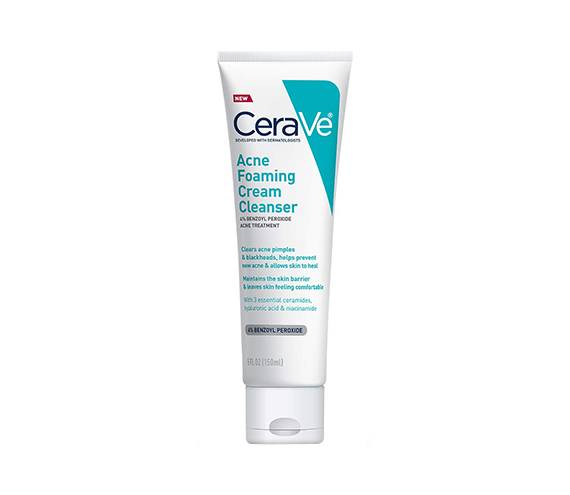Why Do Pimples Pop Up in Clusters?
November 15, 2021My pimples have never enjoyed being lonely. One rears its nasty, cystic head and in a matter of days it’s called upon three whiteheaded friends to keep it company. These clustered breakouts — or as I’ve dubbed them, sympathy pimples — always pop up adjacent to the initial blemish, be it on my cheeks, chin or forehead. Could the initial pimple’s inflammation actually cause a nearby breakout? Or, am I bringing out blemishes by spreading bacteria when I try to pop my pimple? To get some answers about why my breakouts come in clusters, I spoke with Dr. Jennifer Chwalek, board-certified dermatologist based in New York City and Skincare.com consultant.
Why Do Pimples Pop Up in Clusters?
Before getting into why you may get a cluster of pimples, it’s important to understand the areas of the skin involved in the formation of acne. “The cause of acne is complicated and involves the interaction of multiple factors — like sebum production and bacteria — relating to the pilosebaceous unit that’s made up of the hair follicle and oil gland,” says Dr. Chwalek. “When skin cells that are shed into the hair follicle become ‘sticky’ and plug the pore, it prevents the sebum from reaching the surface.” She goes on to explain that this blockage results in the formation of a comedone.
While you may only experience one pimple initially, the backed-up sebum in your pore may have another plan. “At a microscopic level, the sebaceous gland ducts deposit sebum or oil along the hair follicle, but multiple oil glands can be connected to each follicle,” says Dr. Chwalek. “Depending on where the follicle gets plugged, it may potentially block the oil secretion of multiple glands and lead to adjacent lesions or, in more severe cases, cysts.”
Why Are My Clusters Only in Certain Areas?
If you notice that you only get clustered pimples in a certain area on your face, such as your cheek or chin, a range of factors could be to blame. “When acne is localized to certain areas, it’s due to certain causes,” says Dr. Chwalek. “For instance, acne that only occurs along the forehead, temples and hairline is often due to hair products that contain ingredients like petrolatum and shea butter, which can cause follicular occlusion or plugged pores.”
She adds that hormonal acne also has a tendency to stay focused on the lower face or jawline, and steroid acne, which can occur after taking high-dose oral or anabolic steroids, is often localized to the chest and upper back. If you’re struggling to keep your acne under control, try incorporating a benzoyl peroxide face wash like the CeraVe Acne Foaming Cream Cleanser and make sure to consult with your dermatologist.

Does Popping the Initial Pimple Trigger More Acne?
Here’s the good news: The liquid or pus you squeeze out of your pimple is not known to bring about pimples in nearby areas. “The bacteria that is involved in acne is a bacteria that exists on normal, healthy skin, so you can’t actually infect your surrounding, clear skin with it,” says Dr. Chwalek. That said, being too aggressive when popping your pimple can lead to increased inflammation in the skin, which as a result, can cause clustered acne. “When you pick or try to express a lesion, you risk causing it to rupture underneath the skin,” she says. “This can cause inflammatory debris to be released into the surrounding area and may also stimulate adjacent pimples or cysts.”
The takeaway? Avoid picking your pimples. Not only can it lead to delayed healing, scarring and infection of your current blemish, but playing with your pimple can introduce new bacteria and dirt onto your skin. We love pimple patches for not only treating pimples, but also from keeping our fingers from picking at them.
Photo: Chaunte Vaughn
Read More:
8 Face Washes for People With Oily Skin


